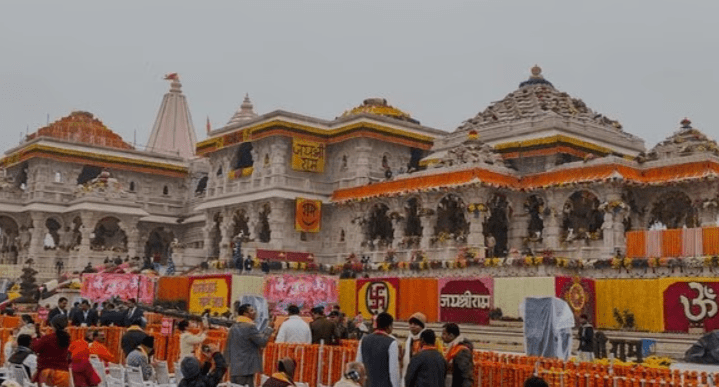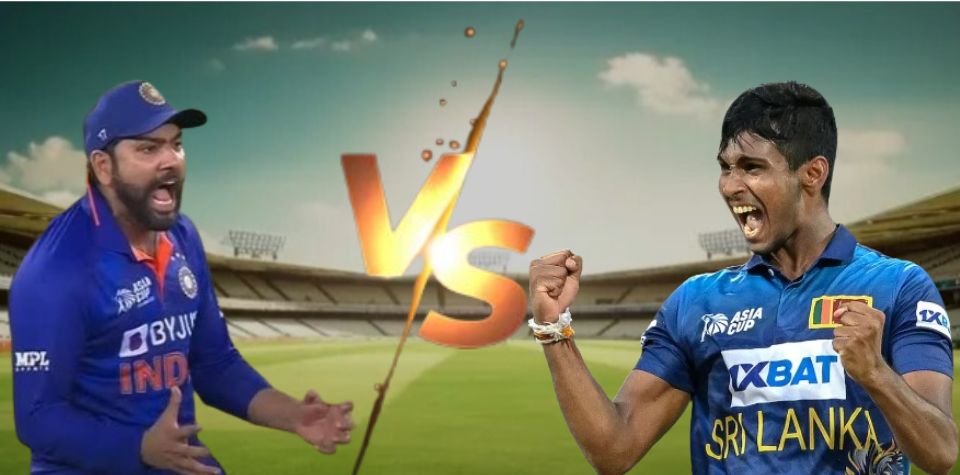Hindus all over India and around the world are celebrating their second Diwali (festival of lights) today. It is the occasion of Pran Pratishtha (establishment of life force) of Ram temple in Ayodhya, which has allowed the whole world to celebrate another Diwali.
January 22 is a historic moment for the Hindu or Sanatan community when their idol, Lord Ram, returns home after 500 years. For the rest of the world, it might just be a Twitter trend, but for Ram devotees, it is something they would never want to forget.
It is important to remember every object, date, moment, or statement associated with the temple and pass it on to future generations.
Therefore, the Viral Infos has gathered some crucial details about the Ayodhya Temple. Let’s have a closer look at facts you don’t know about lord Rama Temple.
Important Dates
The history of the Rama temple is associated with the birth of Lord Ram’s birth. According to the great Vedas, Lord Rama was born in Ayodhya in 514 BC.
However, the struggles of Lord Rama temple started when the Mughals (Islamic Emperors) came to India in 1505. Babur was the first Mughal who came to India with the intention of looting Indians and spreading his religion.
To spread Islam in India, he forcefully converted many Indian citizens to Islam, established mosques, and destroyed most of the popular Hindu temples. In the row, Babur destroyed the Shri Ram temple in Ayodhya as well near 1528.
He established a Mosque in place of the Hindu temple.
According to the Economic Times of India, In 1885, Mahant Raghubir Das filed a plea in the Faizabad district court for permission to build a canopy outside the disputed structure. However, he did not get a positive response to his request.
In 1949, the Idols of Ram Lalla were installed outside the disputed structure. In 1986, Hindu devotees got permission for worship from the local court.
On December 6, 1992, Hindu Kar Sevaks demolished the Mosque concreted by Babur and his sons.
In April 2002, the Allahabad (Prayagraj) High Court started hearings to determine the actual owners of the disputed land.
On September 30, the court distributed the disputed Land between Nirmohi Akhada, Sunni Waqf Board, and Ram Lalla.
On November 9, 2019, the Supreme Court gave a historic verdict and gave 2.77 acres of land to Ram Lalla.
In February 2020, Indian PM Mr. Narendra Modi announced a trust formation to take responsibility for the Ram Mandir building.
On August 5, Mr. Modi laid the first stone of the Temple building. And finally, on January 22, the Ram Lalla Pran Pratistha took place in Ayodhya.
Ram Mandir Inauguration Ceremony Full Details
Other facts about Ram Temple (Mandir)
It is estimated that a total expenditure of Rs 1400 crore will be spent on the construction of the temple.
There are a total of 392 pillars and 44 gates in the temple. The length of the temple is 380 feet, the width is 250 feet, and the height is 161 feet.
The temple has a total of 5 pavilions, a dance pavilion, an assembly pavilion, a prayer pavilion, and a kirtan pavilion. Statues of gods and goddesses are carved on all the pillars and walls of the temple.
Zero percent iron has been used in the construction of the Ram Mandir.
Facts about Idols of Ram Lalla
The color of the statue is black, and it is 51 inches tall. The stone that has been used in the formation of the Ram Lalla idols is from Karnataka. The murti has been designed by Arun Yogiraj, as a per zeebiz.com story.
Unique terms and phrases
Pran Pratistha
This word originated from the Sanskrit language, whose general meaning is to breathe life into or the establishment of life force. In Indian mythology, Pran Pratistha is a kind of religious ceremony in which a stone idol is converted into a deity.
This means there is a difference between a normal stone and a venerable deity.
Yajman (host of the worship)
Yajman is a person who performs the main rituals of any religious ceremony in the Hindu culture. Yajman comes from a ritual called Yajna in most types of Hindu worship.
For the Ram Lalla temple inauguration, Mr. Narendra Modi has been selected as the main Yajman. Together with Mr. Modid, a few other Yajmans have been selected.
Anushthan
The combination of all the activities that take place in the worship, like Mantra, Havan, and reciting of hymns, is known as Anushthan.
Garbha Griha
In most Hindu temples, the sanctum sanctorum (Garbh Griha) is a place where the main idol of the deity is installed. This place is the holiest of any Hindu temple, including the great Ayodhya Ram temple.
Dhwaja Dand
Hindus use a Dhwaja (flag) on the top of the temple structure in all their temples. This flag is believed to be a connection between the god in heaven and the god in the Garbhagriha. C












One thought on “Facts You Don’t Know About Lord Ram Temple (Mandir) ”